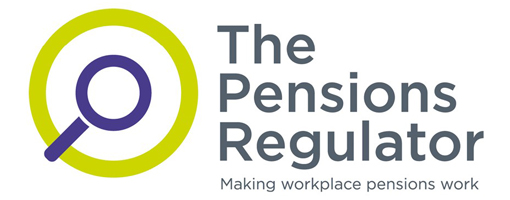The majority (90 per cent) of pension schemes would like to see digital assets combined with other traditional asset classes to produce ‘all-weather’ strategies to help cope with high inflation, research from Laser Digital has found, although concerns over the hurdles facing the market remain.
The survey found that pension schemes “overwhelmingly” regard digital assets as a major part of the investment landscape, with 95 per cent viewing digital assets as an investment diversification opportunity alongside traditional asset classes such as fixed income, cash, equities and commodities.
In addition to this, the majority (90 per cent) of professional investors more broadly revealed that they or their clients are currently considering investing in digital assets.
The research also found that 82 per cent of the pension funds interviewed were positive about the digital asset class in general, and particularly Bitcoin and Ethereum over the next 12 months, with just 2 per cent of respondents negative about the outlook for the sector, while 16 per cent were neutral.
In particular, over half (51 per cent) said that they regard Bitcoin and Ethereum as providing a long-lasting source of investment opportunities, while 11 per cent said they represent a long-term source of investment opportunities while also being highly speculative , and more than a third (38 per cent) viewed them simply as highly speculative assets.
Pension schemes were not just focused only on the big two cryptocurrencies, however, as 90 per cent of those questioned said they saw value in being exposed to other carefully-chose cryptocurrencies beyond Bitcoin and Ethereum. Just 10 per cent saw no value in expanding into other cryptocurrencies.
The study also considered pension schemes’ preferred exposure to the digital asset class, revealing that 'momentum' was the most popular at 74 per cent, ahead of 'value' at 64 per cent and 'carry' at 59 per cent.
However, 77 per cent said they would favour a risk-adjusted combination of all these factors.
However, challenges remain, as despite the potential diversification opportunities, nearly all (92 per cent) of the pension schemes said that it is important to have the backing of a large traditional financial institution for any digital asset fund or investment vehicle before they or their clients would consider putting money into it.
In addition to this, 80 per cent of the pension funds interviewed highlighted legal or regulatory restrictions applicable to them that could prevent their fund or clients investing in a product that references exposure to digital assets.
Most would also have to make regulatory filings or notifications as a result of holding or investing in financial instruments focused on digital assets, as nearly four out of five (77 per cent) cited this as an issue, while 20 per cent were confident they would not need to make regulatory filings or notifications.
Commenting on the findings, Laser Digital CEO, Jez Mohideen, stated: “Our comprehensive study reveals that the majority of institutional investors surveyed saw a clear role for digital assets in the investment management landscape, and the benefits they can bring, such as greater diversification of portfolios.
“For many, their outlook for major digital assets such as Bitcoin and Ethereum is positive, but our study also reveals challenges and hurdles for the market.
"Many of our survey respondents acknowledged that there are legal and regulatory restrictions that could prevent them from investing in digital assets, and these need to be addressed by the industry in cooperation with regulatory authorities.”
The pension funds interviewed reported a wide range of maximum allocations to digital assets under their risk boundaries, with more than a fifth (21 per cent) questioned say they can invest up to 4 per cent while 18 per cent can invest up to 5 per cent.
In addition to this, just over two fifths (41 per cent) said that their and/or their clients’ total percentage exposure to digital assets will be between 5 per cent and 10 per cent over the next three years.
Latest News
-
Buy-in volumes could hit record-high £55bn in 2026
-
TPT raises ‘serious concerns’ over PPF levy on superfunds
-
SPP warns of unintended consequences in ‘light touch’ LGPS reforms
-
Pension contributions move up savers’ 2026 financial goals priority list
-
Divorced women face 61% pension gap
-
Looking back: Top 20 most read stories of 2025
Private markets – a growing presence within UK DC
Laura Blows discusses the role of private market investment within DC schemes with Aviva Director of Investments, Maiyuresh Rajah
The DB pension landscape
Pensions Age speaks to BlackRock managing director and head of its DB relationship management team, Andrew Reid, about the DB pensions landscape
Podcast: From pension pot to flexible income for life

Podcast: Who matters most in pensions?

In the latest Pensions Age podcast, Francesca Fabrizi speaks to Capita Pension Solutions global practice leader & chief revenue officer, Stuart Heatley, about who matters most in pensions and how to best meet their needs
© 2019 Perspective Publishing Privacy & Cookies











Recent Stories